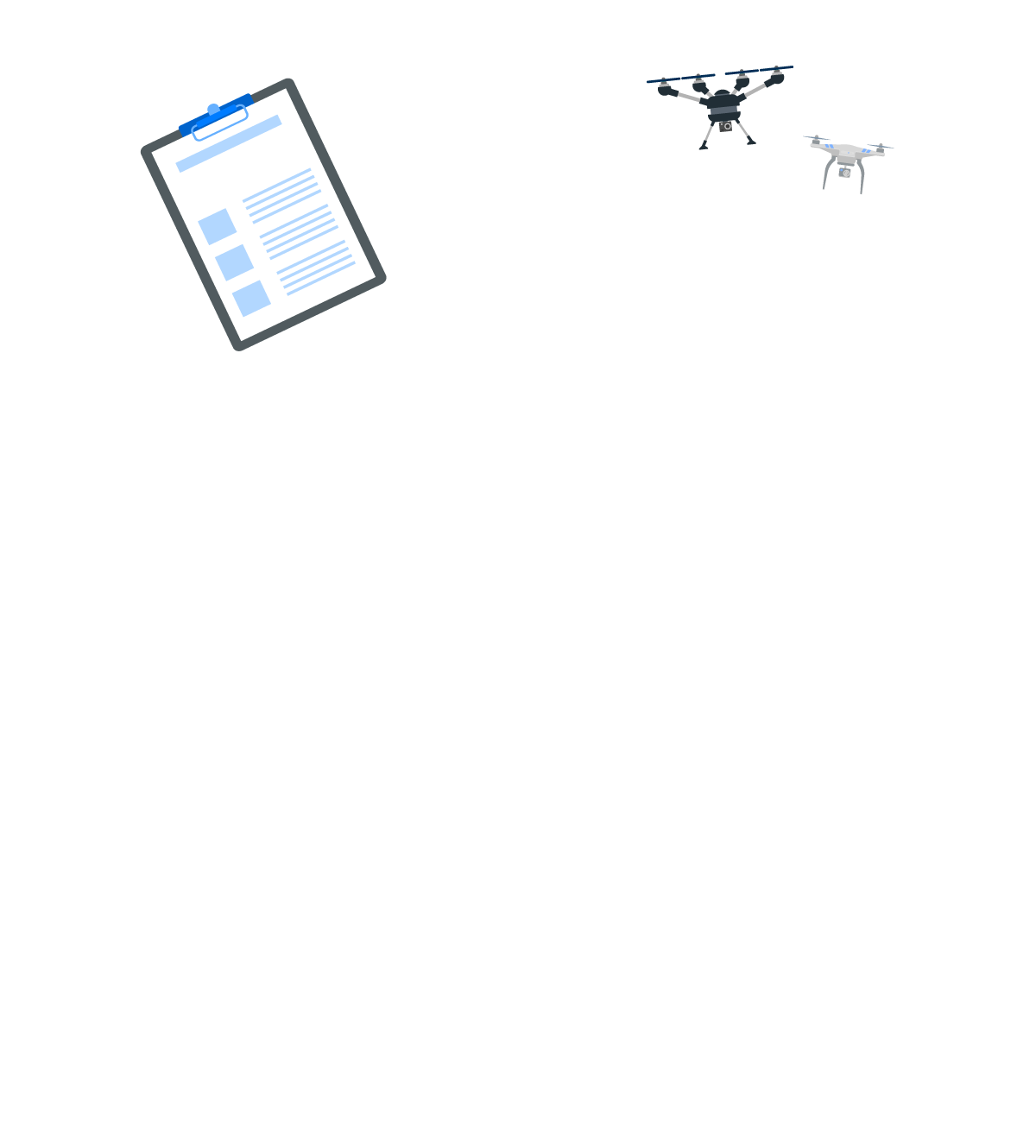
Step 1 | Lesson 1.7
The FAA's role in aviation
The Federal Aviation Administration or FAA is a government agency that falls under the US Department of Transportation and is responsible for the safety of all civilian aviation in the United States.
In this lesson you’ll learn about the important role the FAA plays in commercial drone operations and the services, regulations and partnerships they have in place to facilitate the expansion of the UAV industry.
Every Flight to the Future lesson has seven segments that take you through a Mind Expanding Journey.
– Introduction
– Presentation
– Concept
– In-depth
– Recap
– Required reading
– Assessment
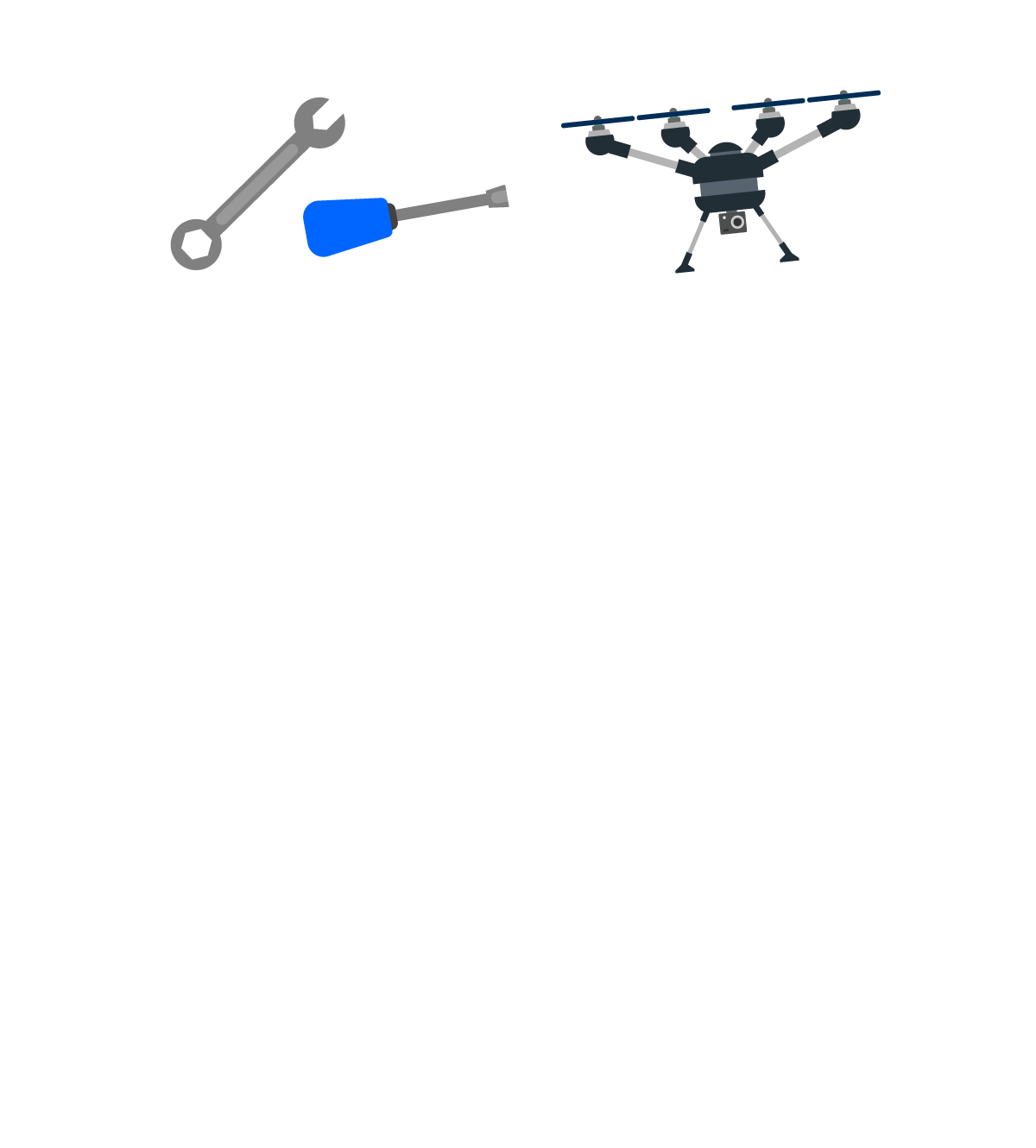


1.7.1. Introduction
History and present day
In 1966, Congress authorized the creation of a cabinet department that would combine major federal transportation responsibilities. This new Department of Transportation, or DOT, began full operations on April l, 1967, and from this the Federal Aviation Agency became one of several modal organizations within the DOT and received a new name, the Federal Aviation Administration (FAA).
At the same time, the CAB's accident investigation function was transferred to the new National Transportation Safety Board.
Over the last decades many other advancements have been achieved, such as:
Air traffic control automation, technological innovations, restructuring, deregulation, creation of the air traffic organization (ATO) and research development for the next generation of air transportation.
The modern FAA plays a key role in safeguarding and protecting those directly and indirectly impacted by an ever more diverse aviation sector. Nowadays, much focus is placed upon aircraft and systems capacity enhancement and the incorporation of the UAV/UAS industry into the National Airspace System.
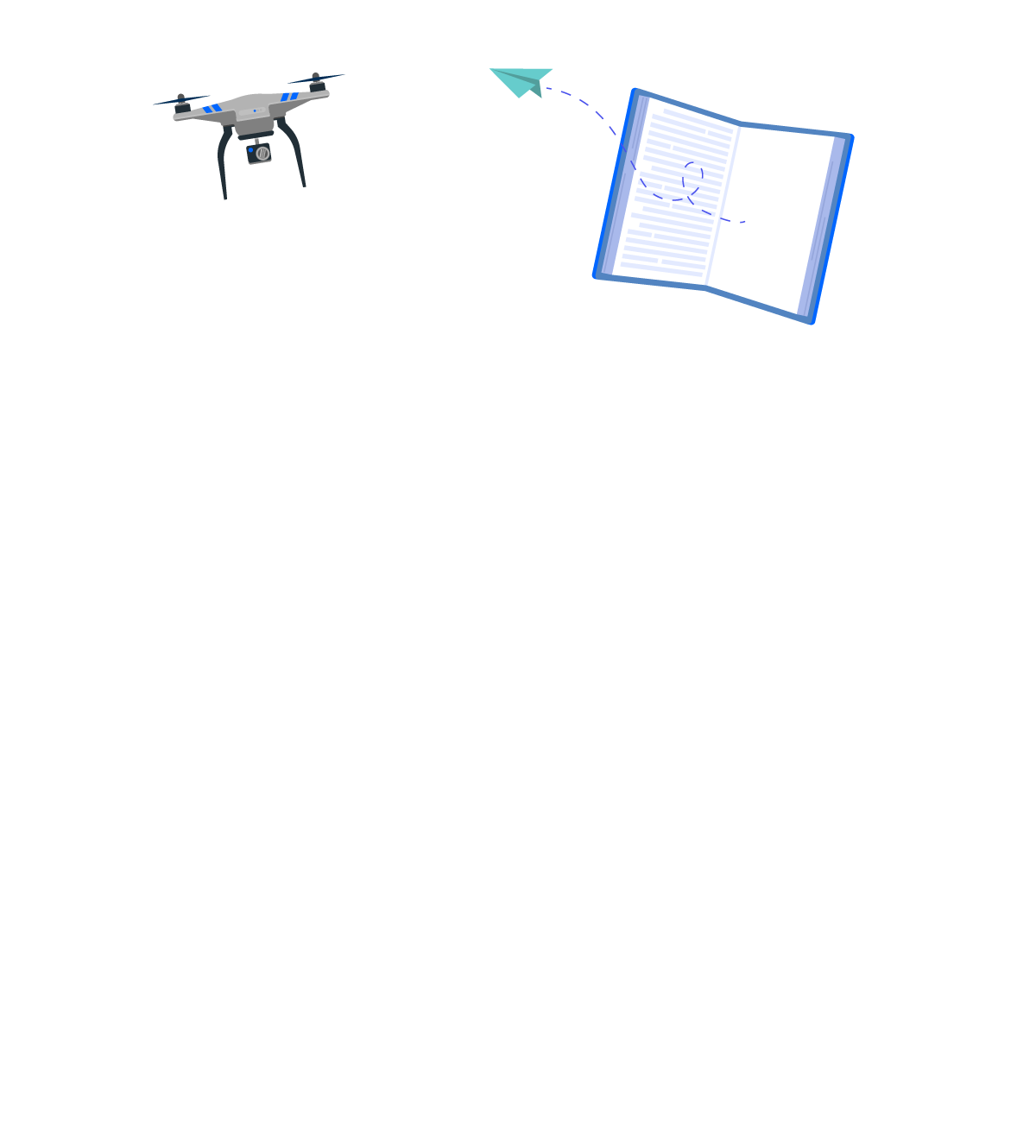


1.7.2 Presentation
The role of the FAA
The Federal Aviation Administration is responsible for all safety and operational guidelines related to aircraft deployment.
Knowing how it is structured, and what its core responsibilities are, will assist you in being able to navigate through the challenging world of regulatory compliance in the aviation industry.
As a future commercial drone operator, it is essential for you to understand the multi-faceted nature of the concepts, regulations and processes that the FAA utilizes to manage the National Airspace System, so you can become a successful UAS provider.
Watch the teaser



1.7.3 Concept
FAA Part 107 examination
Obtaining the appropriate certification is a requirement for operating any drone within the United States of America. Permits are issued by the Federal Aviation Administration or FAA, and the established process depends on if you are an existing pilot or a first-time pilot.
In this segment, we’ll outline the procedure for registering for the FAA Part 107 examination. As indicated, the steps are different for existing pilots versus first-time pilots.
We’ll illustrate the whole journey in precise detail – from where to sign up, to how to get your certificate after successfully passing the examination.
Watch the teaser
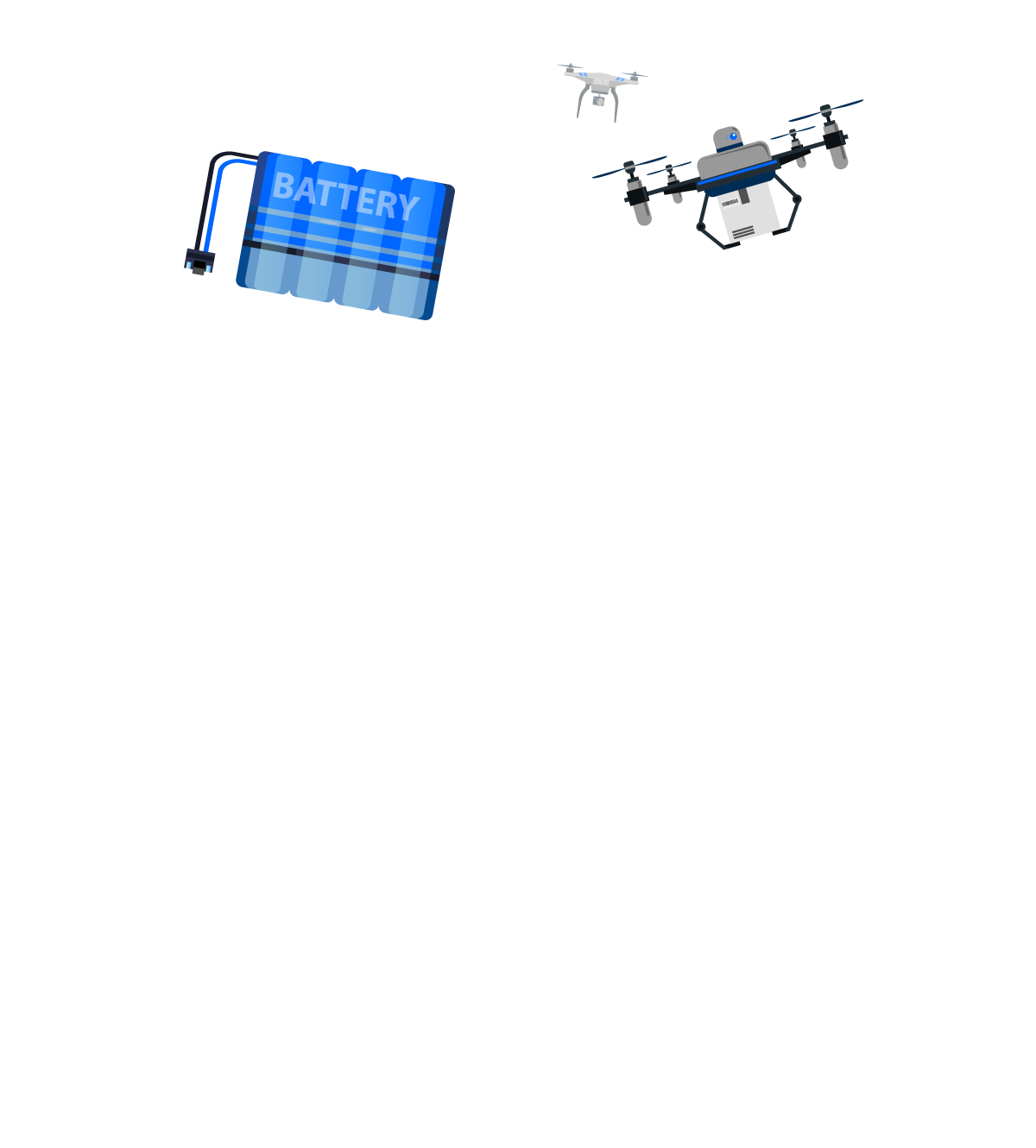


1.7.4 In-depth
Future expectations for UAV operations
Goals and objectives
The FAA has issued an official strategic plan in which it puts forth its expectations for the period of 2019-2022, in alignment with the U.S. Department of Transportation’s (DOT).
It illustrates:
- Growth of unmanned aircraft systems and commercial space operations
- Increased use of data and automation
- An envisioned state of the industry for the end of 2022
Further convergence
Advances in the UAV segment will be the result of reduced equipment prices and improved technology, such as enhanced maneuvering, see-and-avoid capabilities and autonomous flight.
Considering this and all that we have presented here, the small UAV sector holds enormous promise within the next few years and beyond.
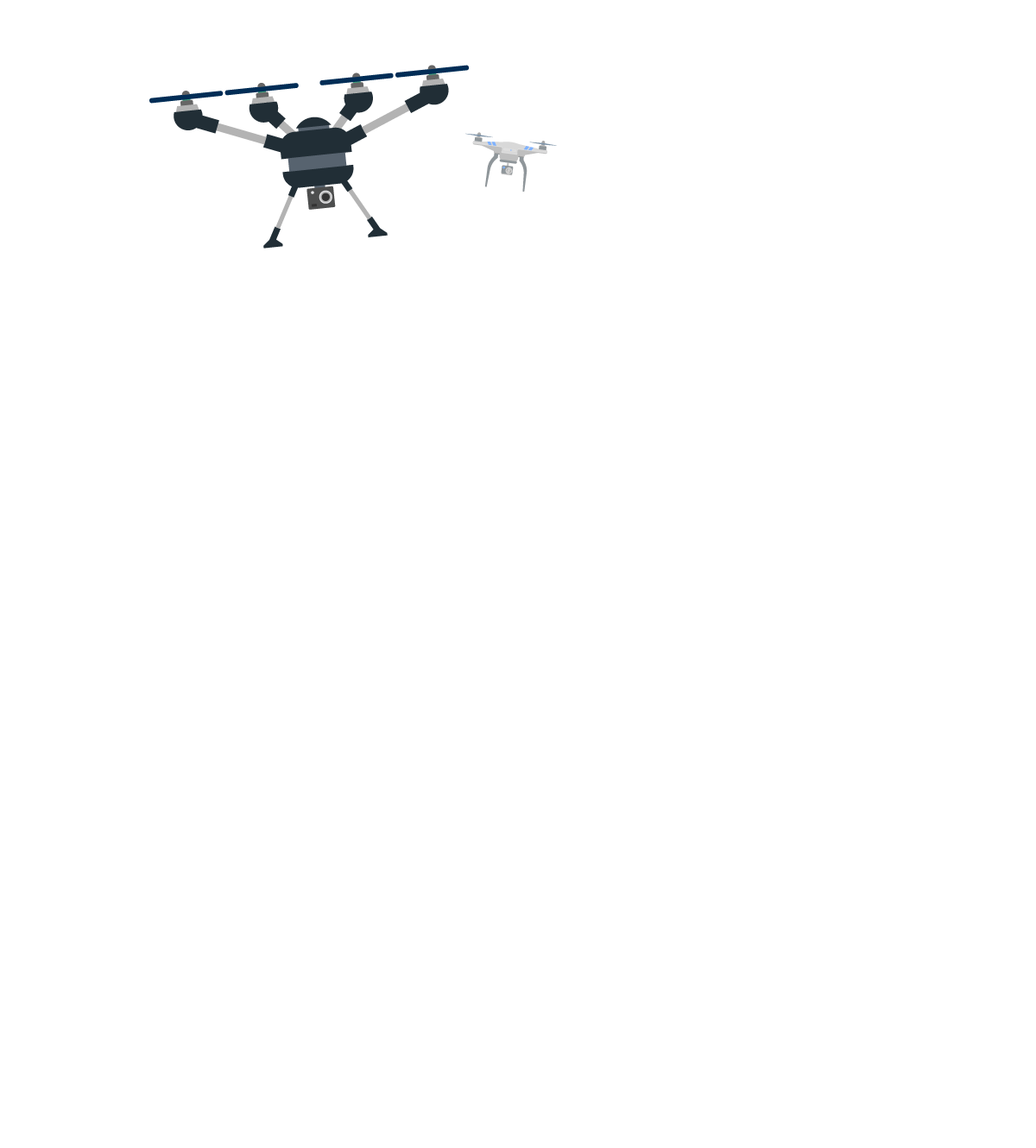


1.7.5 Recap
Lesson summary
What can I expect from the FAA?
The FAA has historically had to balance between promoting civil aviation and regulating and enforcing it to promote safety. Your involvement will primarily be with complying with operational regulations and engaging with FAA inspectors.
Inspectors have been very accommodating in helping operators professionally navigate the complexities of the industry. Having said that, their primary role is to ensure safety.
Expected growth in commercial drone operations
In its latest aerospace forecast, the FAA highlights what it calls the “phenomenal growth” of the small unmanned aircraft systems or sUAS industry.
The FAA’s “low,” “base” and “high” scenarios forecast 17%, 25%, and 36% annual growth rates, respectively. Private-sector analysis indicates those numbers are even higher.



1.7.6 Required reading
Lesson library
Required
– Federal Aviation Administration (FAA): History & Function
– Safety: The Foundation of Everything We Do
– Understanding the FAA
– The Role of the FAA Today
– Unmanned Aircraft Systems (UAS) – Certificated Remote Pilots including Commercial Operators
– Unmanned Aircraft Systems (UAS) Facility Maps Frequently Asked Questions (FAQs)
For advanced readers
– Special Authority for Certain Unmanned Aircraft Systems (Section 44807)
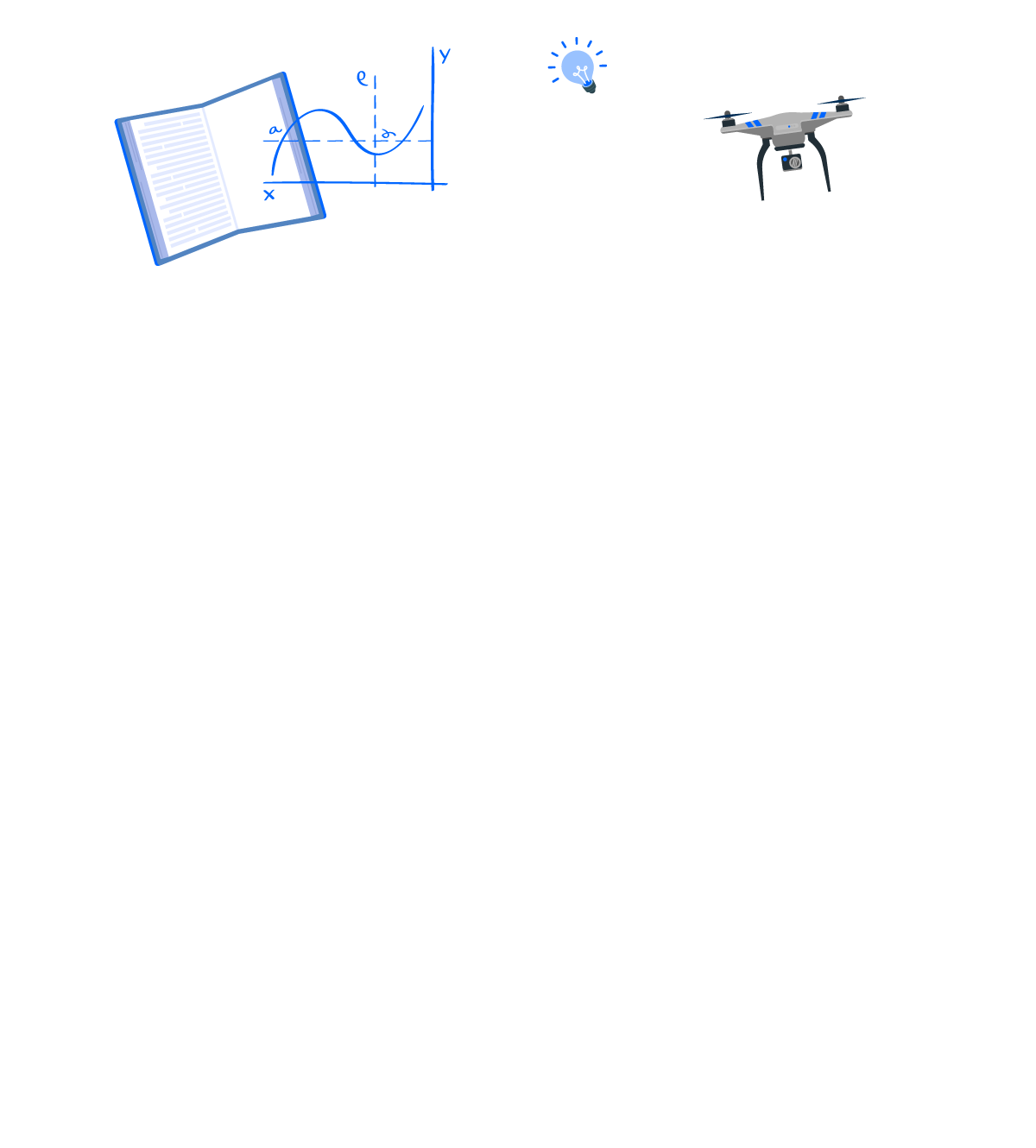


1.7.7 Assessment
Lesson quiz
To obtain certification as a first-time UAV pilot you must:
– Be able to read, speak, write and understand English.
– Be at least 21 years of age.
– First obtain a Part 61 certificate.
– Prove ownership of a licensed drone.
Ten multiple choice questions. An 80% score is needed to advance to the next lesson.
